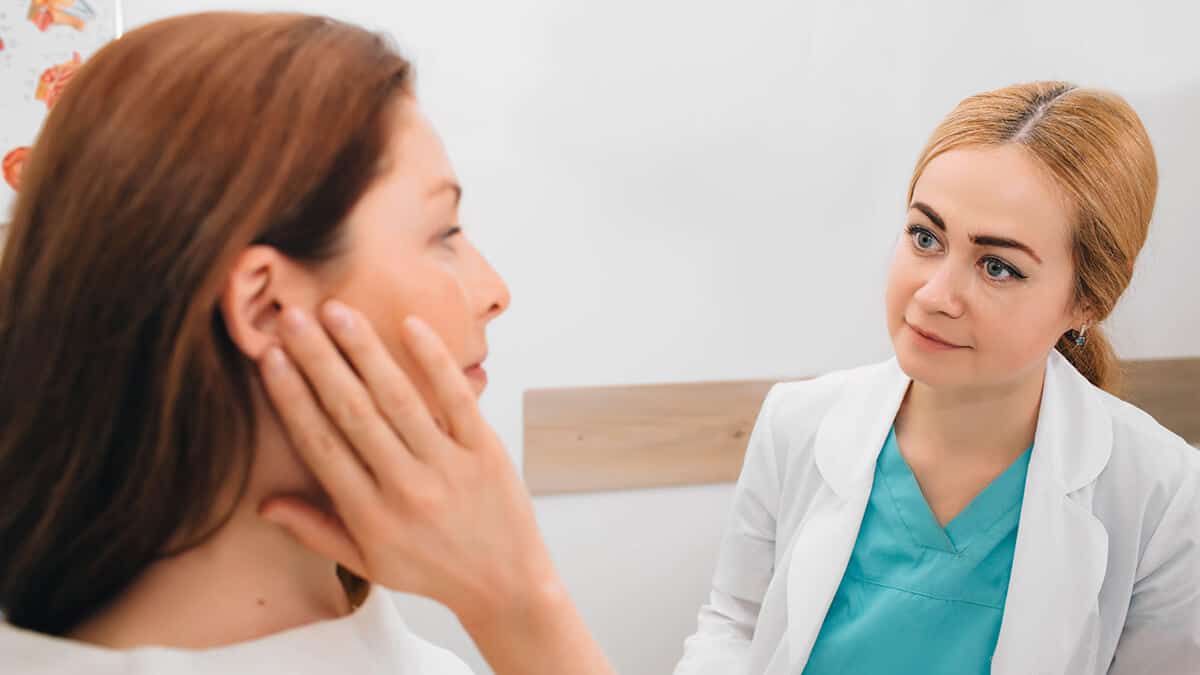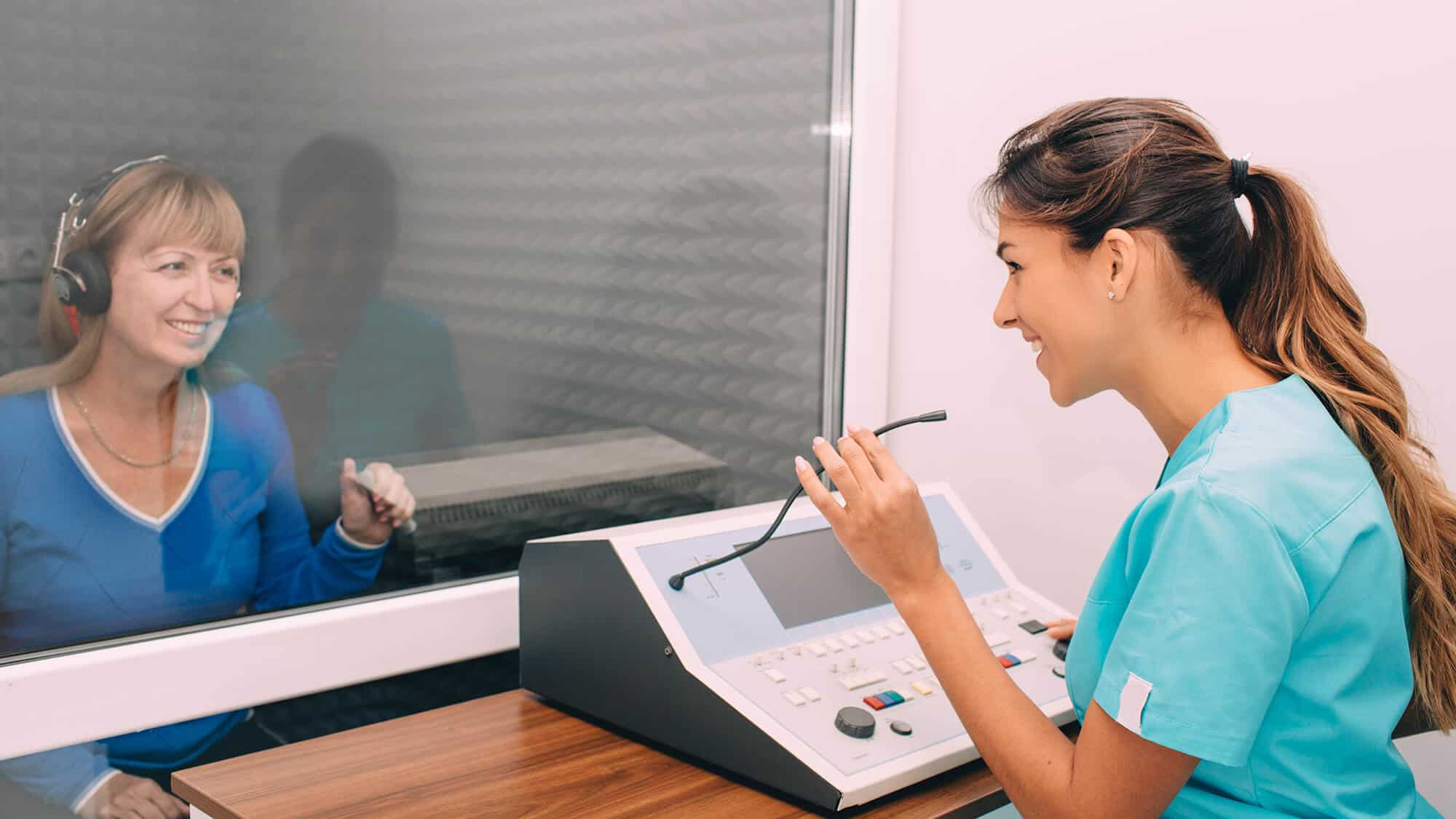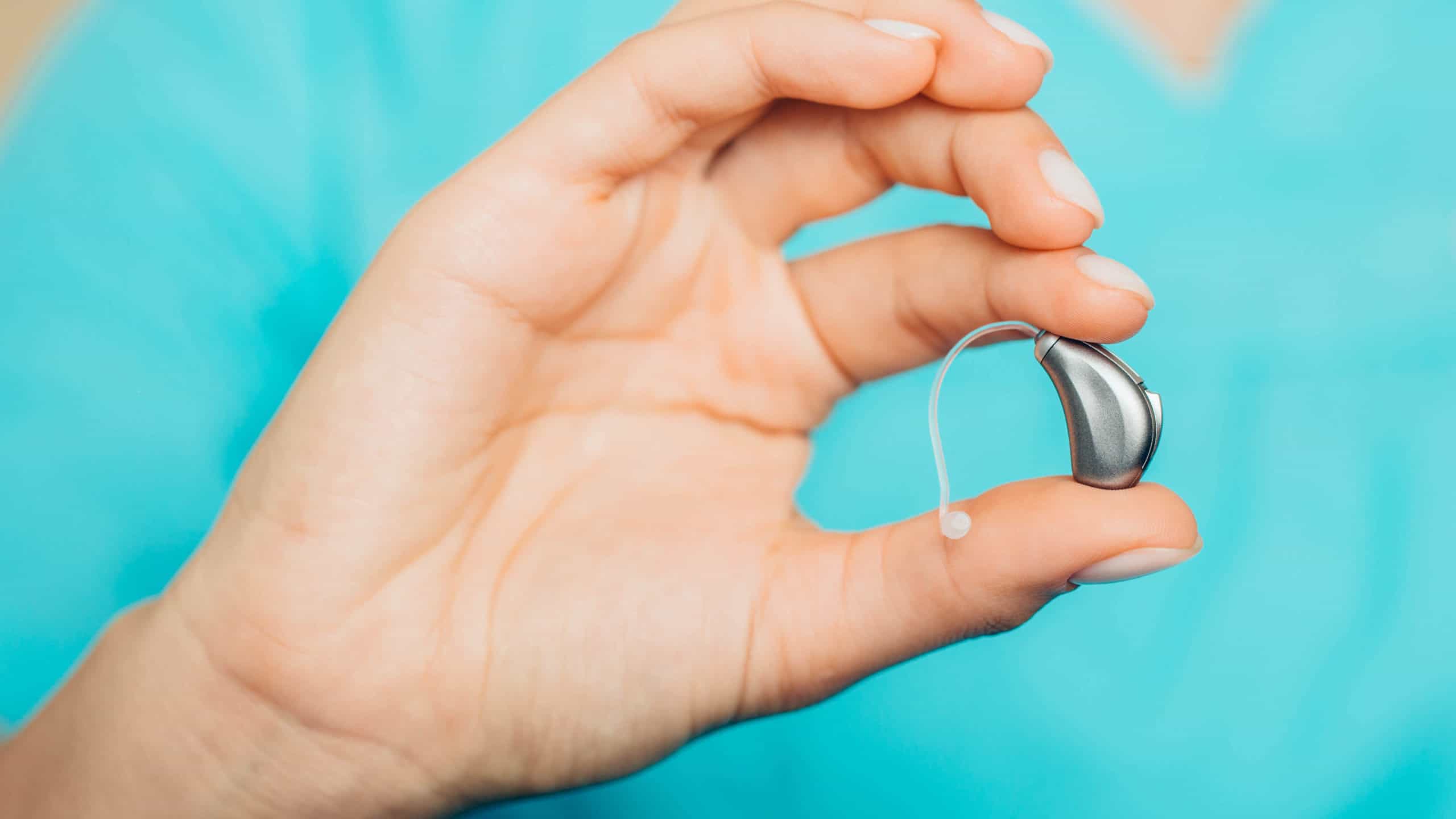Hearing Test in Las Vegas, NV and Henderson, NV
At Desert Valley Audiology, we use state-of-the-art equipment to perform a few different types of hearing tests. Our methods allow us to detect whether you have hearing loss, what type, how much, and the likely causes of it. Our goal is not only to treat the hearing loss you have but to empower you with the knowledge of how to prevent further hearing loss down the road. Schedule your hearing test with us in Las Vegas, NV & Henderson, NV.
How to Prepare for a Hearing Test
The first step of your hearing test will be a consultation with your audiologist. You’ll be asked to talk about your medical history, your family’s medical history, your occupation and leisure activities. We’ll also ask about any recent illnesses or injuries, and any medication you’re currently taking. Try to think of any loud noises you’ve been exposed to in the recent past. If it’s helpful, write down any of the above information and bring it with you.
By collecting as much information as we can about your lifestyle and history, we’re better able to pinpoint any causes of hearing loss that may be contributing to your hearing issues. It also helps us understand what type of treatment is likely to work best for you.

What to Expect at Your Hearing Test
All of the tests we administer are painless and relatively quick. The first hearing test after your consultation will be an examination with an otoscope, just like your general practitioner does when you visit them. Your audiologist will look for any earwax buildup in your ear canals, as well as any signs of injury, trauma, or perforation of the eardrum.
If there is excessive wax, your audiologist will safely and painlessly remove it before administering any further hearing tests. Excess wax can block the passage of sound through the ear canal, making your hearing test inaccurate—almost as though you were wearing earplugs. If they find perforation in your eardrum, you’ll be referred to a specialist who can surgically repair it.
After your physical examination, you’ll be asked to sit in a soundproof booth and given headphones to wear. Here you will be given one or more hearing tests of the following types:


After Your Hearing Test
The results of your pure tone test will be displayed on an audiogram, which your audiologist will show and explain to you. This will allow you to see how your hearing ability compares with normal hearing.
If you have significant hearing loss without any apparent physical obstructions to your hearing ability, it is likely that you have sensorineural hearing loss. If you have sensorineural hearing loss greater than 25 dBHL (decibels Hearing Level) your audiologist will most likely recommend hearing aids as treatment. At this point, they will go over your options with you for the different types of hearing aids available so that you can select the ones which will make the most sense for your lifestyle and level of hearing loss. Hearing aids have come a very long way in recent decades, and you might be surprised at the range of excellent options on the market.
